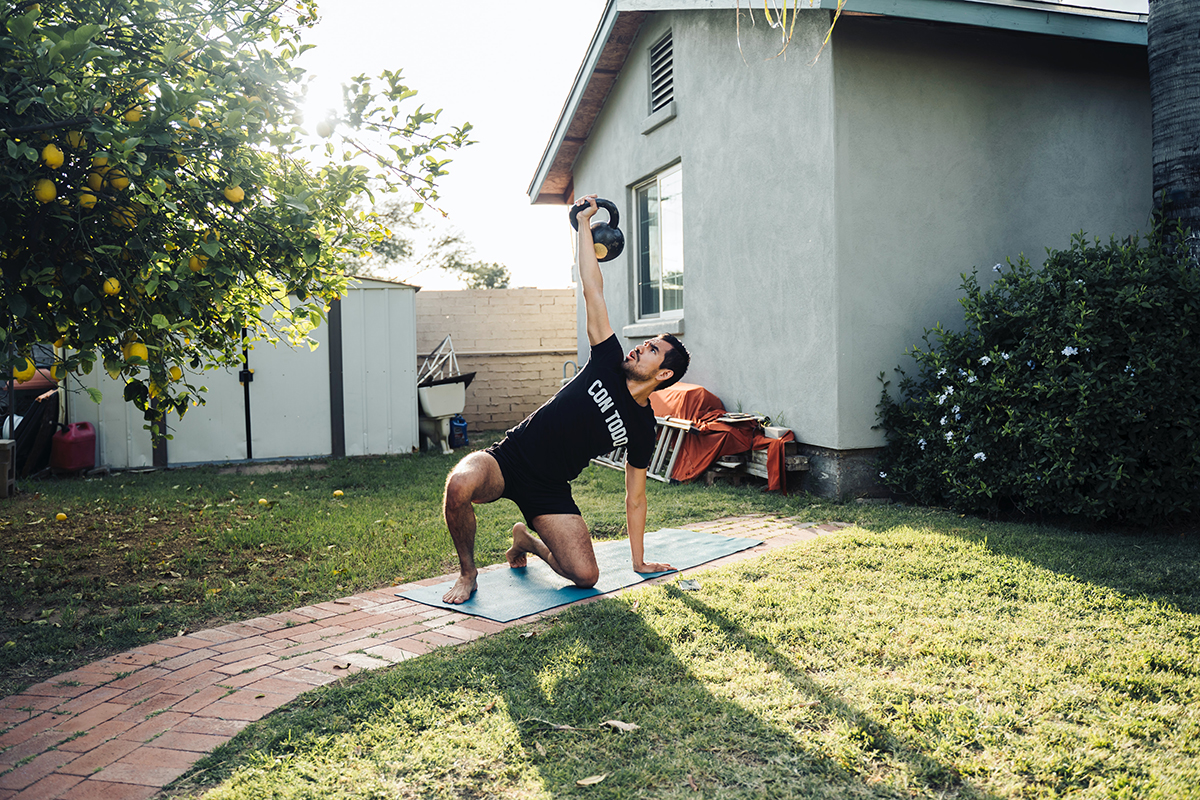Fitness trends in a COVID-19 world
2020 has been game-changing for the industry. With a global pandemic forcing many gyms and leisure centres to close, it’s no surprise that people started adapting to new ways of exercising. Many started setting up home gyms and exploring new workouts and activities to cope while their favourite centre closed for lockdown. So what are some of the fitness trends we’ve seen emerge during 2020?
Well, the American College of Sport and Medicine (ACSM) compiled an annual survey of the entire fitness industry and the trends they predicted for 2020. But of course, who really saw a global pandemic coming way back in January? The ACSM electronic survey was circulated globally to thousands of professionals around the world to determine health and fitness trends for the following year.
What’s interesting is how a lot of these became even more relevant as a fitness trend in light of COVID-19 and the lockdown periods we’ve had to endure, despite the survey being completed well before global awareness of COVID-19. Here’s exactly what they found:
1. Wearable technology
Technology and innovation are always at the forefront of a broad range of industries. They present one of the fastest and easiest ways we can revolutionise the gym industry. So it’s no surprise that wearable technology topped the list for another year running. This category includes everything from smart watches, to trackers, to heart rate monitors.
2. HIIT training
HIIT training became popular for both it’s health benefits and time-saving benefits. It’s a great workout for the time-poor, and a perfect option once COVID-19 rolled around and people had to find new, effective workouts to do at home. HIIT involves high bursts of energy followed by short periods of rest and can all be wrapped up within 30 minutes. It’s designed to elevate the heart rate and burn calories fast. Plus, it’s super easy to do at home with body weight exercises or sprint intervals.
3. Group fitness training
Pre-COVID group fitness was all the rage, with group fitness classes at gyms booking out on a regular basis. Why? Because some people need a class environment and instructor to motivate them in their workouts. They find value in not having to plan their exercise routine and like being told what to do so they can achieve the results they’re looking for.
With the pandemic, group fitness became virtual group fitness. Many gyms and studios had to adapt their offering to keep their businesses afloat by live streaming classes so that their members could still exercise in a group environment – just virtually.
Jonas Leisure helped many gyms and leisure centres achieve this with our Group Move solution we launched during the height of the pandemic. Click here to learn more about Group Move.
4. Training with free weights
Strength training with free weights like barbells, plates, kettlebells, and dumbbells was another popular choice, and became even more relevant with the progression of COVID as many could be easily accessed and set up in a home environment.
5. Personal training
Unfortunately, this may be one trend that maybe didn’t become as popular as first predicted at the start of the year. Due to social distancing rules and various lockdown restrictions, it became very difficult for personal trainers to maintain their business. However, as different states came out of their lockdown periods, communities did start to support small businesses again and get their health and fitness back on track if they found home workouts didn’t work for them.
6. Exercise is medicine
Exercise is Medicine (EIM) is a global health initiative that focussed on encouraging primary care givers and health and medical providers to include physical activity assessment and associated treatment recommendations as part of every patient visit, and referring their patients to exercise professionals. As obesity levels rise across Australia and New Zealand, it’s an important health initiative that aims to promote good health and wellness habits by targeting those at the top of the chain: our health providers.
7. Body weight training
Another training style that became a big trend in 2020, particularly during COVID-19 lockdown periods. Body weight training is an easy exercise style for people to adopt at home since it requires zero equipment but can still give you a super effective workout. From push ups, lunges, squats, burpees, and so much more, there’s a lot to work with to create a great workout routine!
8. Fitness programs for older adults
With more knowledge and understanding around the health benefits or daily exercise, particularly for older adults, it’s no surprise that exercise programs targeting that segment of the market are becoming popular.
9. Health and wellness coaching
More than just personal training, health and wellness coaching refers to more of the mental side of overall wellness. Coaching could include goal setting, guidance, visions for progression, encouragement and focussing on the needs and wants of the client.
Curious as to what the remainder of the fitness trends list looks like? Here it is!
Remaining fitness trends
10. Employing certified fitness professionals (not relevant to the Australian and New Zealand market as this is already a requirement).
11. Exercise for weight loss
12. Functional fitness training
13. Outdoor activities
14. Yoga
15. Licensure for fitness professionals
16. Lifestyle medicine
17. Circuit training
18. Worksite health promotion and workplace well-being programs
19. Outcome measurements
20. Children and exercise

